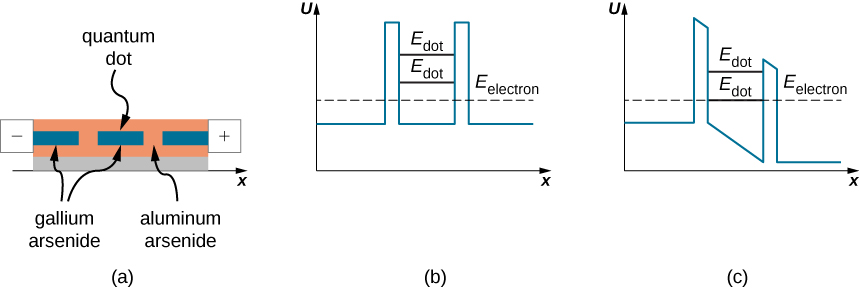| << Chapter < Page | Chapter >> Page > |

| Normalization condition in one dimension | |
| Probability of finding a particle in a narrow interval of position in one dimension | |
| Expectation value of position in one dimension | |
| Heisenberg’s position-momentum uncertainty principle | |
| Heisenberg’s energy-time uncertainty principle | |
| Schrӧdinger’s time-dependent equation | |
| General form of the wave function for a time-independent potential in one dimension | |
| Schrӧdinger’s time-independent equation | |
| Schrӧdinger’s equation (free particle) | |
| Allowed energies (particle in box of length L ) | |
| Stationary states (particle in a box of length L ) | |
| Potential-energy function of a harmonic oscillator | |
| Stationary Schrӧdinger equation | |
| The energy spectrum | |
| The energy wave functions | |
| Potential barrier | |
| Definition of the transmission coefficient | |
| A parameter in the transmission coefficient | |
| Transmission coefficient, exact | |
| Transmission coefficient, approximate |

Notification Switch
Would you like to follow the 'University physics volume 3' conversation and receive update notifications?